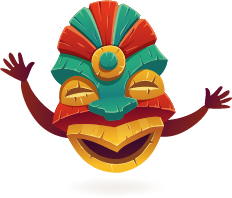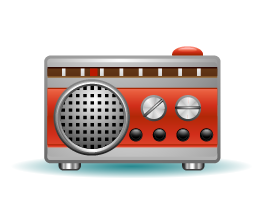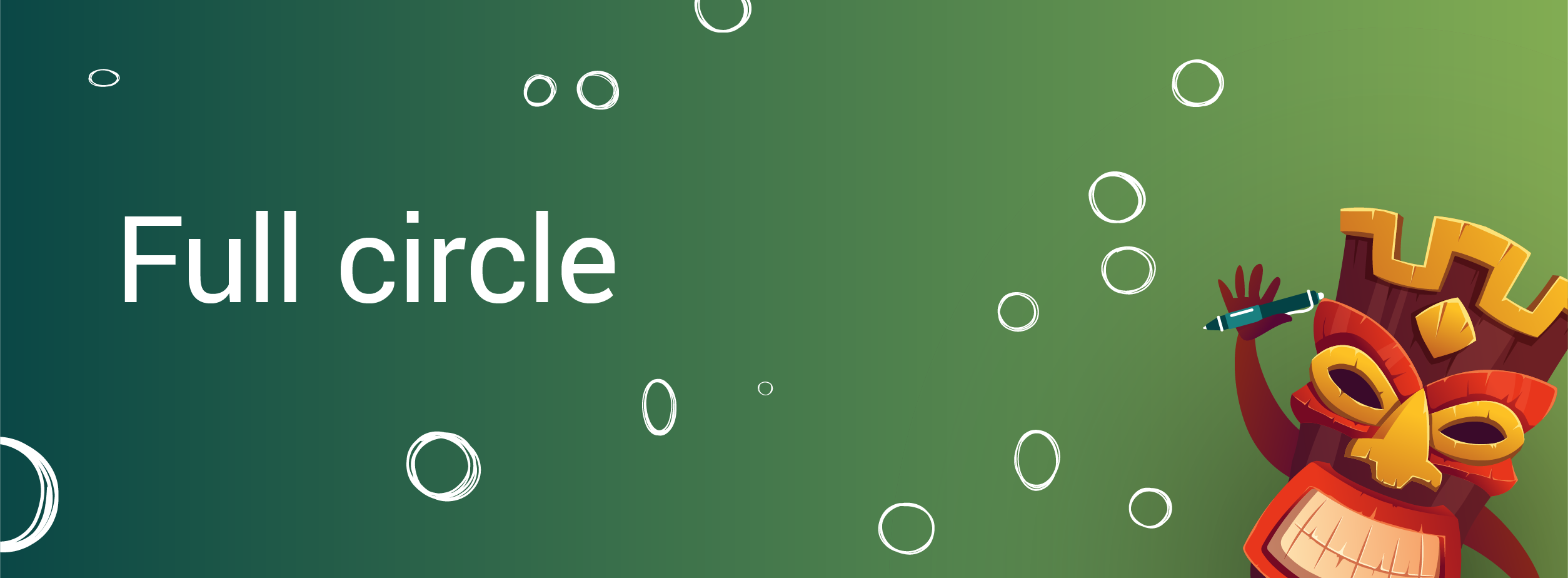
Suddenly, everything I see is a type of circle.
The music I play on my record player—a circle. The lentils I cooked last night—circles. The bracelet that is hitting my desk as I type—circle.
The walk I take every day during my lunch break—lumpy circle. The thought loops in my head when I ruminate—annoying circles.
The last of this round of blog posts—full circle.
The circle on my wrist
This bracelet was given to me by a teacher of mine. It’s sterling silver and slightly big, so I wear it further up my forearm. It leaves a mark on my skin (also circle). Etched delicately on the surface, this bracelet reads, “Don’t take anything personally • Don’t make assumptions • Always do your best • Be impeccable with your word • ”
It’s a quote by don Miguel Ruiz, from a book of his called The Four Agreements.
I’ve been reflecting a lot on “[my] word.” I’ve always been concerned about how I come across to others when I speak. I aim to speak authentically and intentionally. What I’ve wondered more about, though, is my internal word.
The circles in my mind
Do I speak recklessly? Do I encourage myself?
How do I address myself? Does this have to do with the preferred conceptual distance from my message? Will something hit me harder if I phrase it one way or another?
Can my internal monologue act as a sort of journal when I reflect? Can I separate myself from my other self? Why do I address myself in third person when I am being negative? Whisper: Why do I use the pronoun I so much when I write?
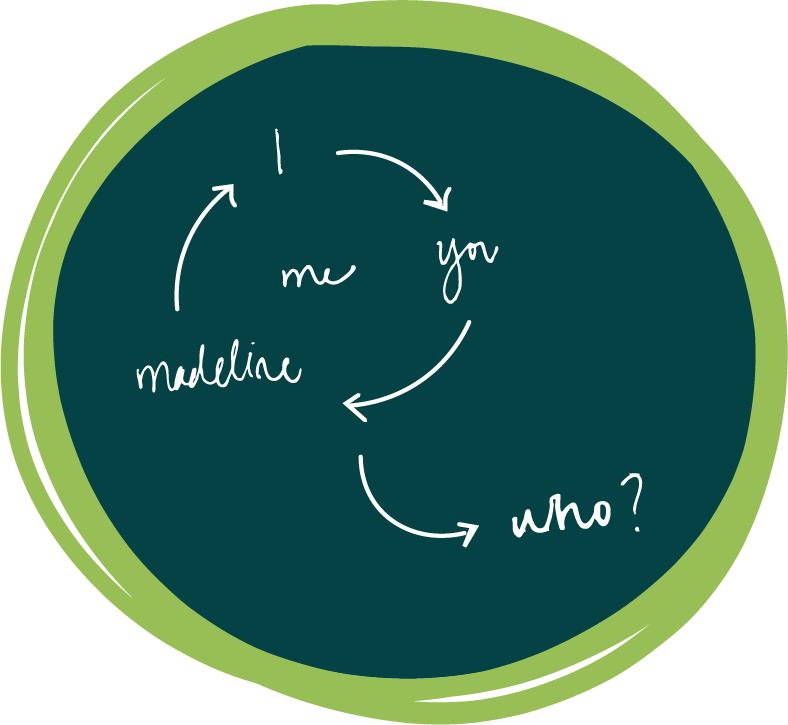
I’ve been pretending that my mind is a real and physical place, especially when I am brainstorming or trying to be creative. I do this so the inner versions of myself can communicate freely. Otherwise, it is as if I am in a room in which the sole purpose of another is to shut down my ideas. How is that productive?
So, I listen to and make space for me: that is I, that is you, that is Madeline. And I invite you to make the space for you.
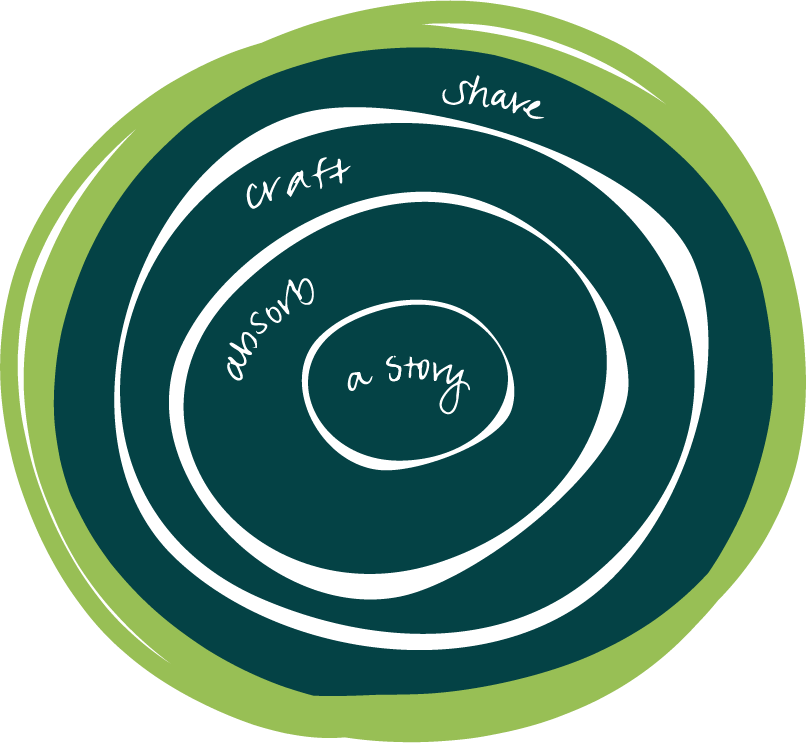
Yet another circle
Spinning could be a circle too.
My grandparents always kept little tops in a bowl on their kitchen table. I would press against the table with a few of my cousins where we stood poised to launch.
The tops moved so quickly that all you could really take in were the blurry circles they made. They wove in and out, shrinking and swelling. They spun, fell, and spun again.
Stories weave in and out just the same, as a story’s shape is always changing. These are the concentric circles we make by crafting a story, sharing a story, and absorbing the stories of those around us.
Let me know if you’ve been seeing circles.
